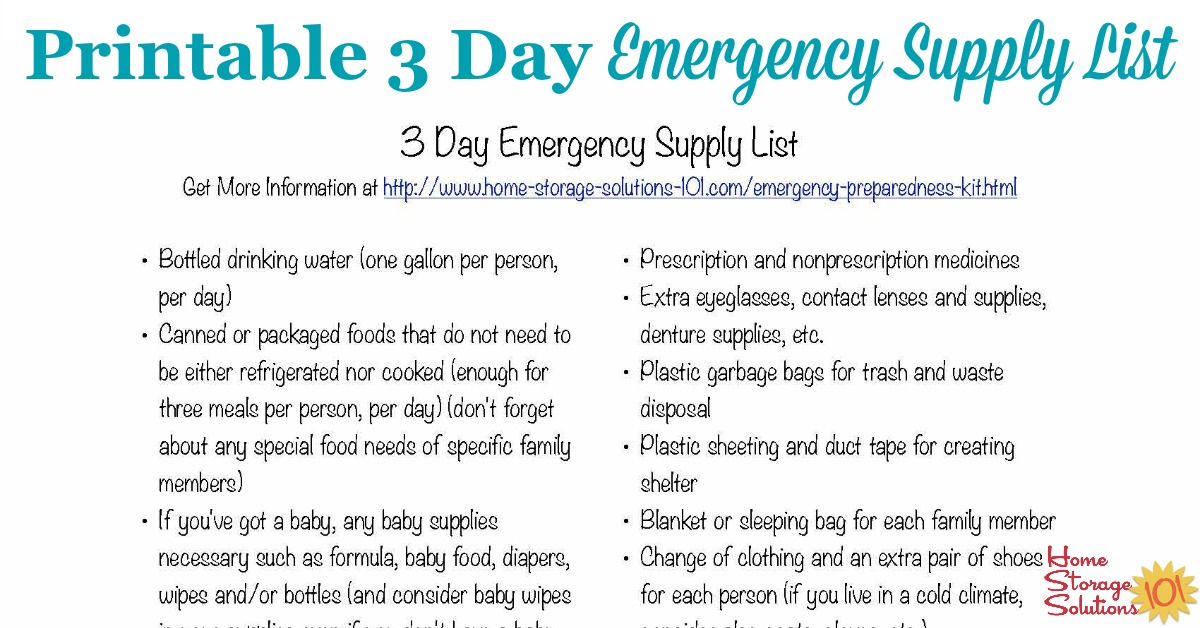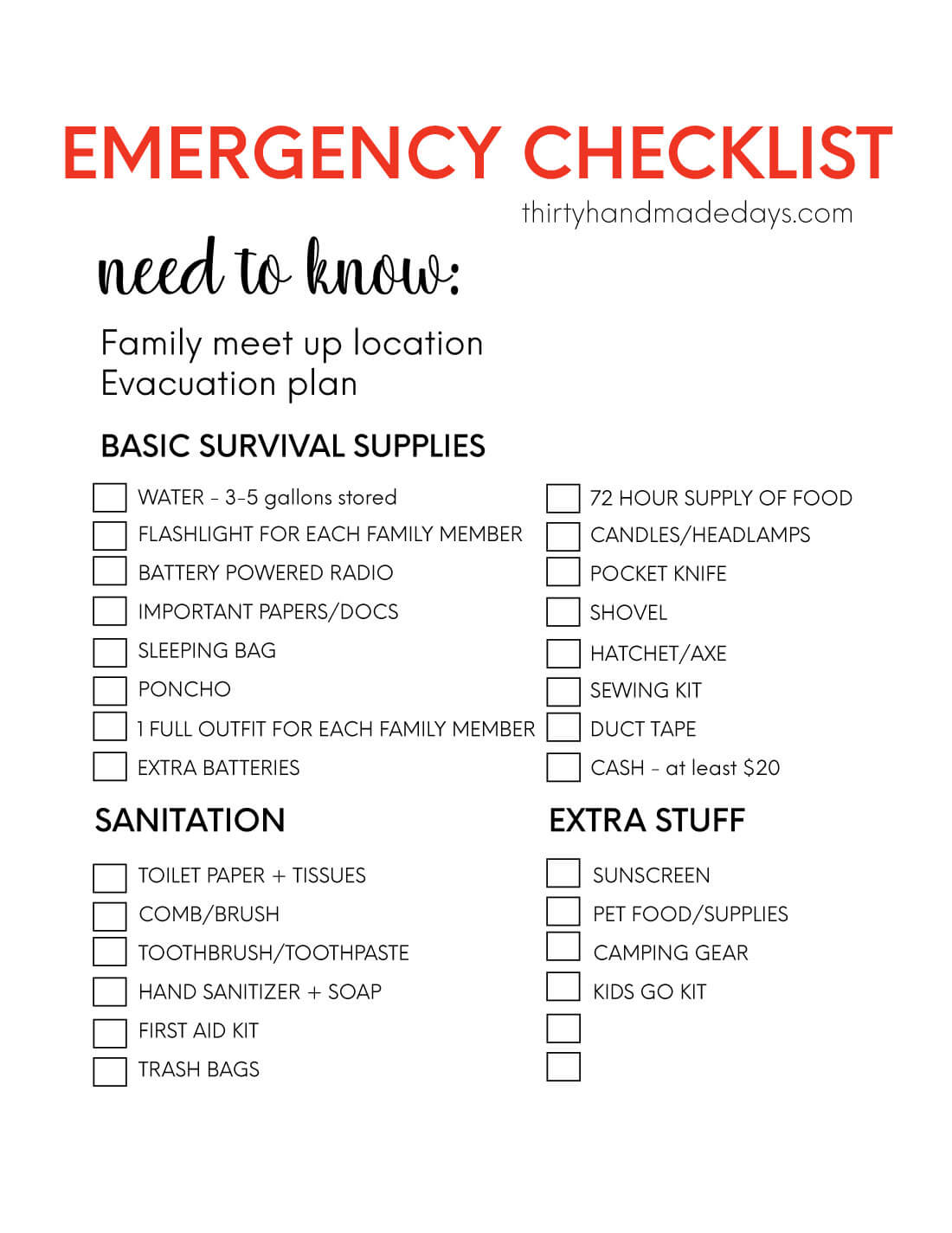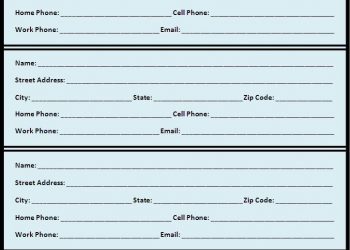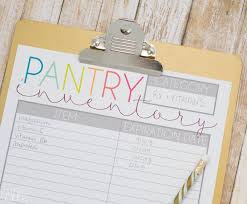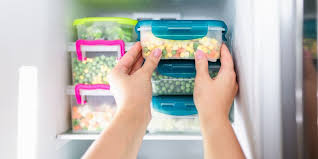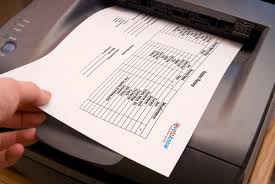I was watching How I Met Your Mother the other day. Ted Mosby and the others huddle at Barney Stinson’s house during the storm, and Ted has all the emergency supplies to get through it. He seemed to have food, clothes, books, and games for entertainment and whatnot.
Seeing Ted’s emergency supply kit inspired me to make my supply kit because who knows what else will 2020 bring us. I mean, we have already had forest fires, a pandemic, locust attacks, economic crises, earthquakes, and floods, but it will be nice to be prepared for any more such surprises.
I decided to be highly organized about this. I decided to make an Emergency Supply List, list all the items I want to put in my emergency kit, and then collect all the supplies and pack my kit to be kept aside.
The US Department of Homeland Security is working on educating and empowering Americans to take some simple steps to prepare for and respond to potential emergencies that might take place in the future. These include natural disasters and terrorist attacks. The Ready Campaign by FEMA (Federal Emergency Management Agency, USA) asks individuals to follow the three critical points in times of emergency
- Get an emergency supply kit
- Make a family emergency plan
- Be informed about the different types of emergencies that can occur and their appropriate responses.
All Americans must have some necessary supplies in hand to survive at least three days during a disaster.
Emergencies tend to limit access to food, water, and other necessities. Creating an emergency supply list is step one of being fully prepared for such situations. You may want to have more than three days of supplies, and want to go overboard in your preparation, thus creating a longer emergency supply list, but if you haven’t had any emergency kit before, starting with a three-day kit and creating a short, essential list of supplies should be your goal, for a start.
You can download the printable emergency supply list layout online to use when creating your kit. Following is an emergency supply list of some necessary and essential items that every emergency supply kit must have. It is essential for individuals to review this list, as and when required, according to their needs, location, and weather conditions.
What Should Be on Your List
One of the first basic things you need on your list is a first aid kit. After creating the list, knowing what we require for first aid, we can collect the first aid kit supplies for our homes. Consider having two different first aid kits, one for the emergency supply bag and one for the house.
While making the emergency supply list, do make a sub-list for the first aid kit supplies. Add the following items to your list, under the heading “First Aid Kit.”
- At least 20 bandages of different sizes
- Medical grade latex and non-latex gloves
- Alcohol-based sanitizer and wipes.
- Antibacterial ointment
- Chemically activated Cold pack
- Small surgical scissors
- A pair of Tweezers.
If you don’t want to create your personalized emergency kit at the moment, or you don’t have time to create it right now, purchase a three-day emergency supply kit (a 72-hour kit). It does not exactly contain all the things you would have listed on your emergency supply list, but it can work for you just about fine. And considering you do not have the time to collect your emergency kit supplies, something is better than nothing.
Some other things that should be on your emergency supply list are –
- Water (Approx. 1 gallon a day per person; make sure to carry water to last you at least three days)
- A flashlight
- Mess Kits – disposable plates, cups, and other necessary utensils.
- Non- Perishable, canned, or packaged food that does not need to be refrigerated or cooked. (They should be enough for three meals per person, per day) (Keep in mind any special diet needs, allergies of any specific family member)
- If you have a baby in your house, collect baby supplies like baby formulas, food, diapers, wipes, and bottles. (The baby wipes are great even for those households who do not have a baby, for quick clean-ups if you do not have enough water)
- Nonelectric can opener
- Battery Powered Radio (for listening to the news, keeping up with the affairs of the surroundings around you)
- Household chlorine bleach (unscented) and a medicine dropper. Bleach can be used as a disinfectant after dilution – nine parts of water to one part of bleach. In an emergency, bleach can be used to treat water using 16 drops of regular household liquid bleach per gallon of water.
- Extra eyeglasses, dentures, contact lenses (if required)
- Plastic sheeting and duct tape for creating a makeshift shelter.
- Plastic trash bags for waste disposal.
- Essential over the counter medicines (painkillers) and other prescription medicines (if prescribed by the doctor)
- First Aid Book
- Copies of important documents (Passport, bank documents, insurance documents, driving license, birth certificate, personal ID) in a waterproof file.
- Batteries
- A small fire extinguisher
- A set of clothes and shoes
- Warm Blankets, Sleeping Bags
- A whistle (used for a signal for help)
- Matches (keep them in a waterproof container)
- Basic Toiletries like paper towels, toilet paper, soap, feminine hygiene products (sanitary pads, menstrual cups, washes, etc.), and other essential personal hygiene products
- Pet food, extra water, and disposable dishes for your pet.
- Pocket Knife
- Some Cash, Cheque book, Card
- Phone charger
- Masks
- Emergency contact list and personal information (you can also keep a copy of this emergency supply list, along with the contact list)
- Pencil/ Pen and a small notebook
- Books, puzzles, and other activities for keeping the kids occupied and distracted during tumultuous times.
Along with the emergency supply list, it is recommended you create a GRAB LIST as well. It is a list full of essential things, daily use, and cannot be put in your emergency bags and supply list. (Your laptops, mobile phones, coats, etc.)
This is because, during an emergency, there are a lot of things on your mind and panic around you, you might forget to grab things that are of sentimental or monetary value, or you might waste precious time looking for them around your house. You will be efficient if you must grab the whole emergency supplies bag, and go according to the Grab List, and grab all the stuff needed before running for your life.
Assembling the Emergency Kit
If you live alone, one kit with all these items from the emergency supply list will, of course, be enough. But if you live with your family or friends, you need one emergency kit per person. The aim should be to create an individual emergency kit, complete with all the necessary supplies.
Prepare a separate space for your emergency kit bags, do not mix them with your other bags in the closet. Set aside a separate closet or a shelf for all kinds of emergency kits (first aid included) and keep the area organized and easily accessible. If you have a family with kids, make sure they assemble their kits, too, preferably with an id attached to each bag.
Label each person’s bag with their name.
Money-Saving Tip: Use old backpacks, kit bags, or buy backpacks from garage sales. Do not invest too much in bags
- Purchase one box of gallon-sized Ziploc bags and one box of Jumbo-sized bags. Buy small containers as well.
- Get a couple of Sharpies to have for labeling things while assembling
- your kit together.
These Ziplocs and containers are for all the personal belongings of everyone in your house. Hand each of these to every person and ask them to collect their stuff – Cash, Toiletries, earbuds, etc. and put them in these bags. This saves space in the kit bag, and the staff is organized and will not get lost inside the bag. Make sure to label all the Ziplock pouches with the person’s name and the category of which belongings the bag contains.
Disclaimer: Since you are packing for the future, be vary of the expiration dates on medicines, food, and other supplies. Mark the expiration dates on your emergency supply list and try to keep things up to date.
It won’t make sense to buy expensive items, there is a good chance you will never have to use these kits, and even if you do, you aren’t going to care about what clothes you have on, at that moment, or what’s the condition of your backpack.
So be smart about where you are spending your money. Be careful about the quality, and make sure all your supplies are in workable condition. Do not skimp on essential supplies and miss important things to go in your emergency kit to save money. Invest smartly.

